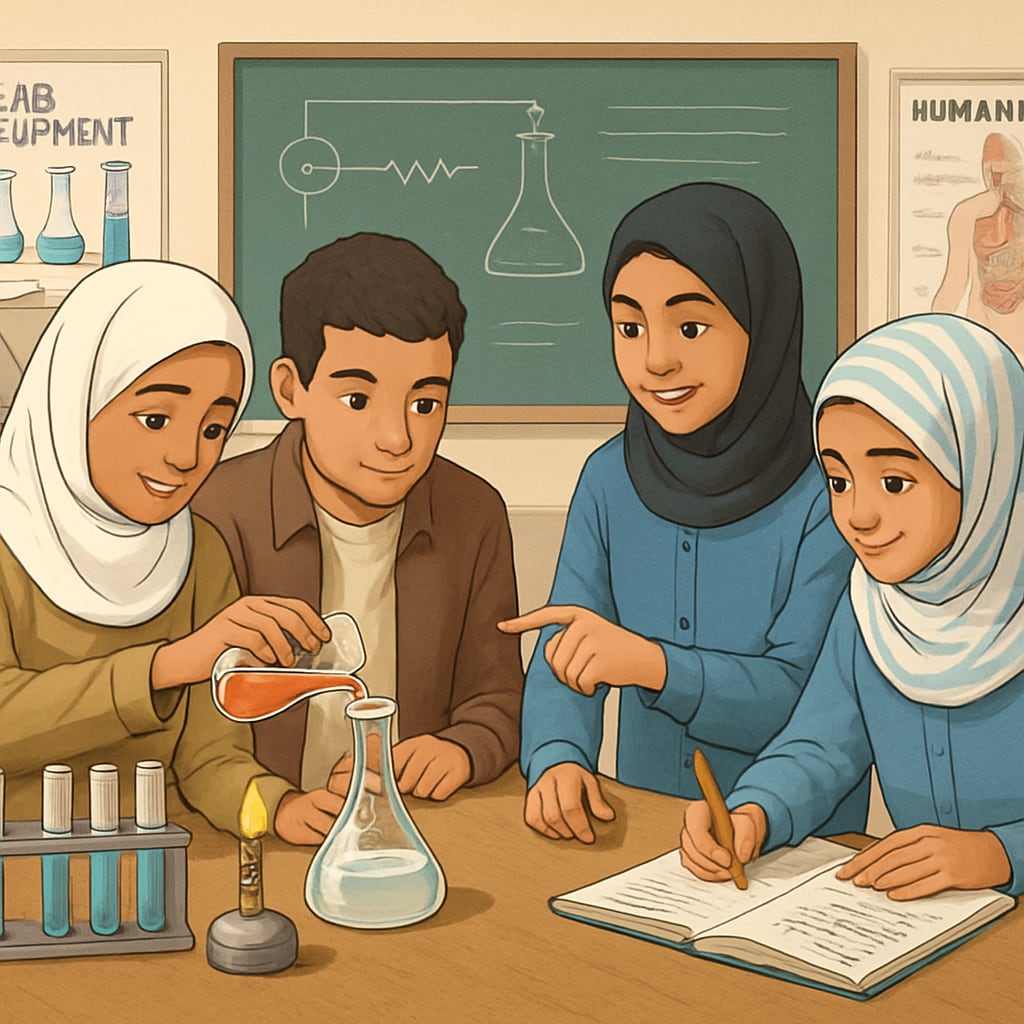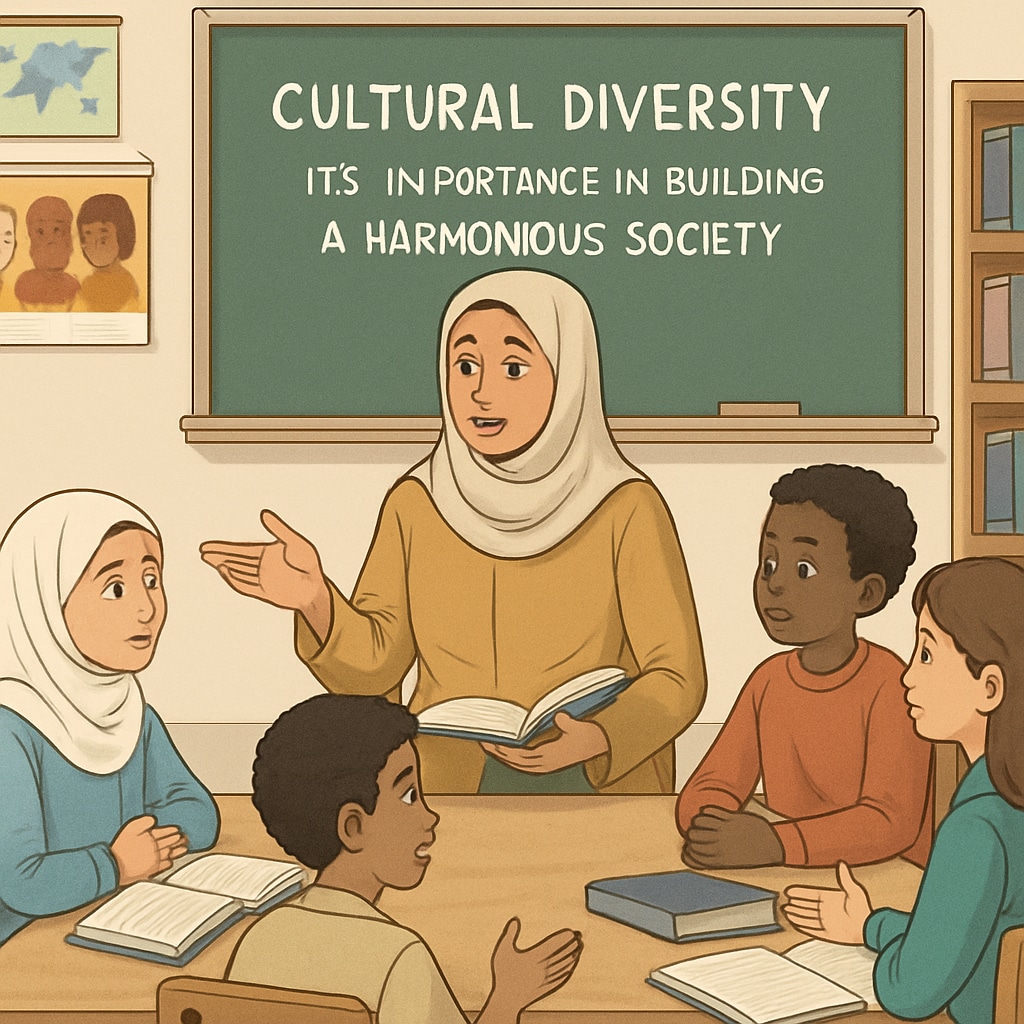In the post-conflict landscape of Gaza, rebuilding the education system has become an urgent priority. Designing comprehensive science and social studies curricula tailored to the needs of Gaza schools is essential to provide children with a pathway to knowledge, peace, and development. Education is not just a tool for academic growth; in regions like Gaza, it also serves as a cornerstone for healing and social cohesion. This article delves into the principles and strategies for crafting effective curricula that meet the unique challenges of a post-conflict environment.
Key Principles for Science Education in Gaza Schools
Science education in Gaza schools must go beyond imparting theoretical knowledge. It should inspire curiosity, critical thinking, and a sense of responsibility toward the environment and community. To achieve this, the curriculum should incorporate the following principles:
- Relevance: Lessons should relate to students’ daily lives and challenges, such as environmental conservation and renewable energy.
- Hands-on Learning: Practical experiments and projects can engage students while fostering problem-solving skills.
- Global Perspectives: Introducing global scientific advancements can help students connect with the outside world, broadening their horizons.
For example, a unit on water filtration technologies could be particularly relevant in Gaza, where clean water is a critical issue. This approach would not only educate students but also empower them to address local challenges.

Fostering Understanding Through Social Studies Curricula
Social studies play a pivotal role in shaping students’ understanding of history, culture, and societal dynamics. In Gaza, the curriculum must aim to promote peace, empathy, and resilience. Key components should include:
- Conflict Resolution: Teaching students about nonviolent communication and mediation techniques.
- Cultural Awareness: Highlighting the value of diversity and the shared history of different communities.
- Future-Oriented Topics: Focusing on sustainable development and global citizenship to prepare students for a better tomorrow.
For instance, lessons on the history of international peace treaties can provide students with valuable insights into conflict resolution, offering hope for a peaceful future. Additionally, integrating storytelling and role-playing activities can make these lessons more engaging and impactful.

Overcoming Challenges in Post-Conflict Education
Designing and implementing these curricula in Gaza schools comes with significant challenges, such as limited resources, psychological trauma among students, and infrastructure damage. However, these obstacles can be addressed through innovative solutions:
- Teacher Training: Equipping educators with the skills to handle trauma and foster inclusive learning environments.
- Community Involvement: Encouraging parents and local leaders to participate in the educational process.
- Technology Integration: Leveraging online resources and virtual classrooms to supplement traditional teaching methods.
By addressing these challenges, the education system in Gaza can transform into a beacon of hope and resilience, empowering the younger generation to build a brighter future.
Conclusion: A Path Toward Peace and Development
Designing effective science and social studies curricula for Gaza schools is more than an educational endeavor; it is a humanitarian mission. By focusing on relevance, inclusivity, and innovation, these curricula can nurture a generation of critical thinkers and empathetic leaders. As a result, education will serve not only as a means of academic achievement but also as a powerful tool for healing and rebuilding. The future of Gaza depends on its ability to educate its children, and the world must support this vital effort.
For more insights into post-conflict education, explore resources on Education in Emergencies on Wikipedia or read about Postwar Reconstruction on Britannica.


